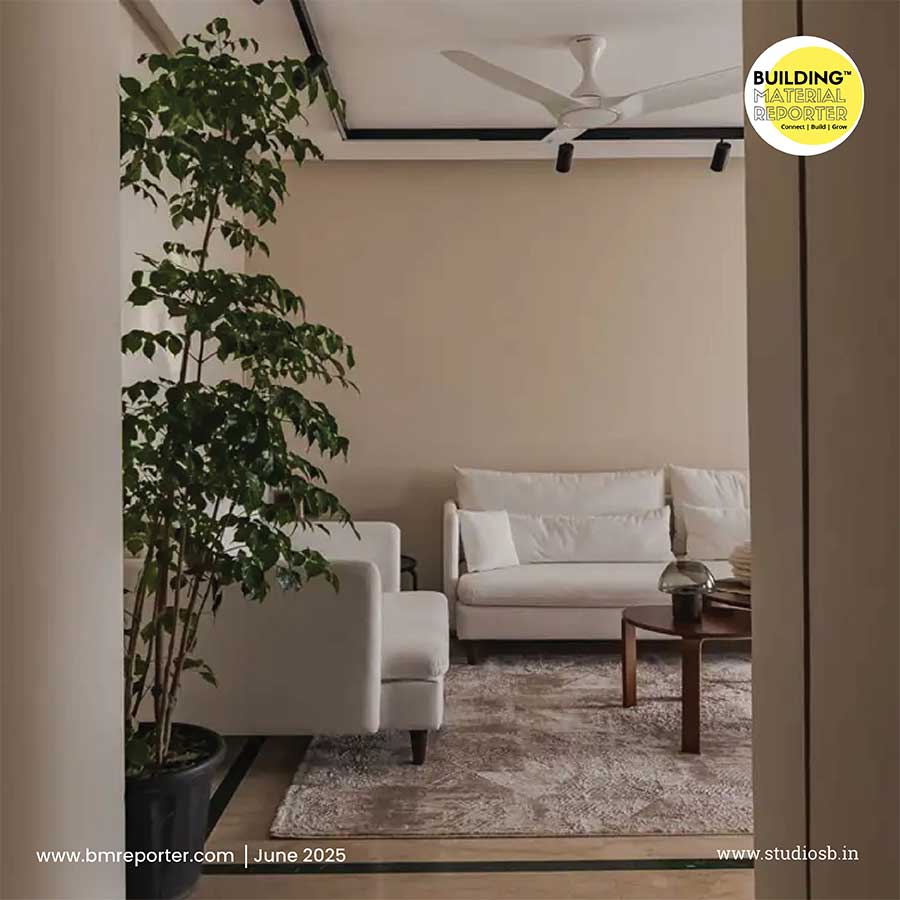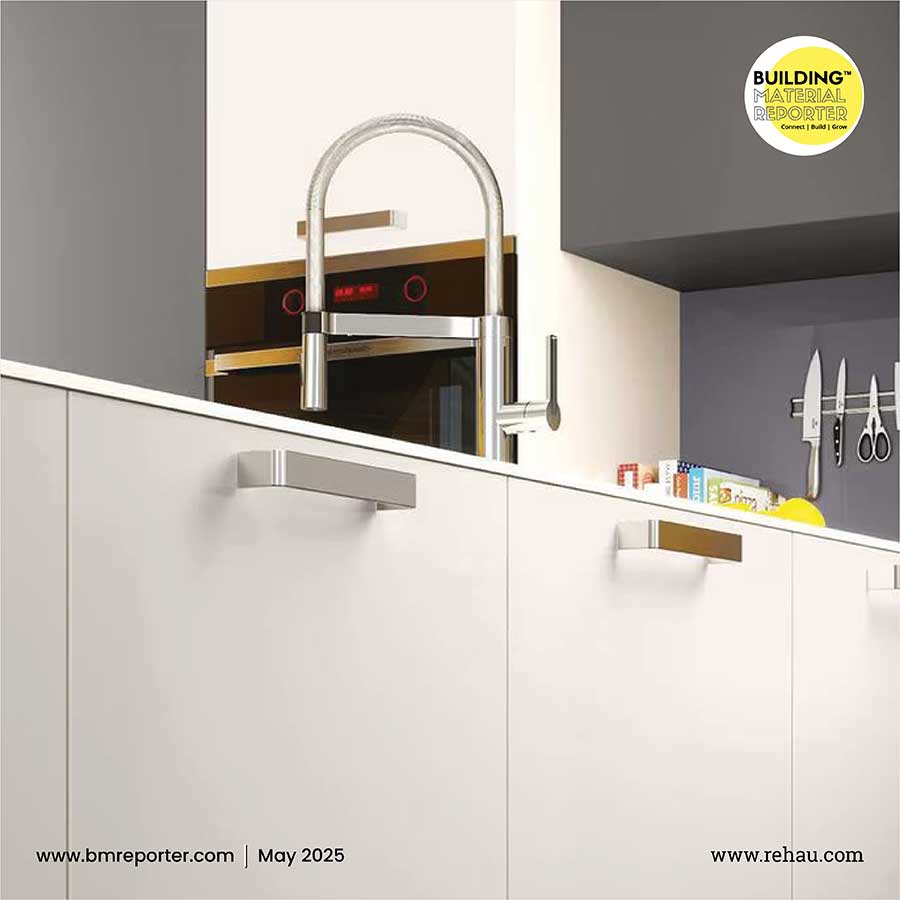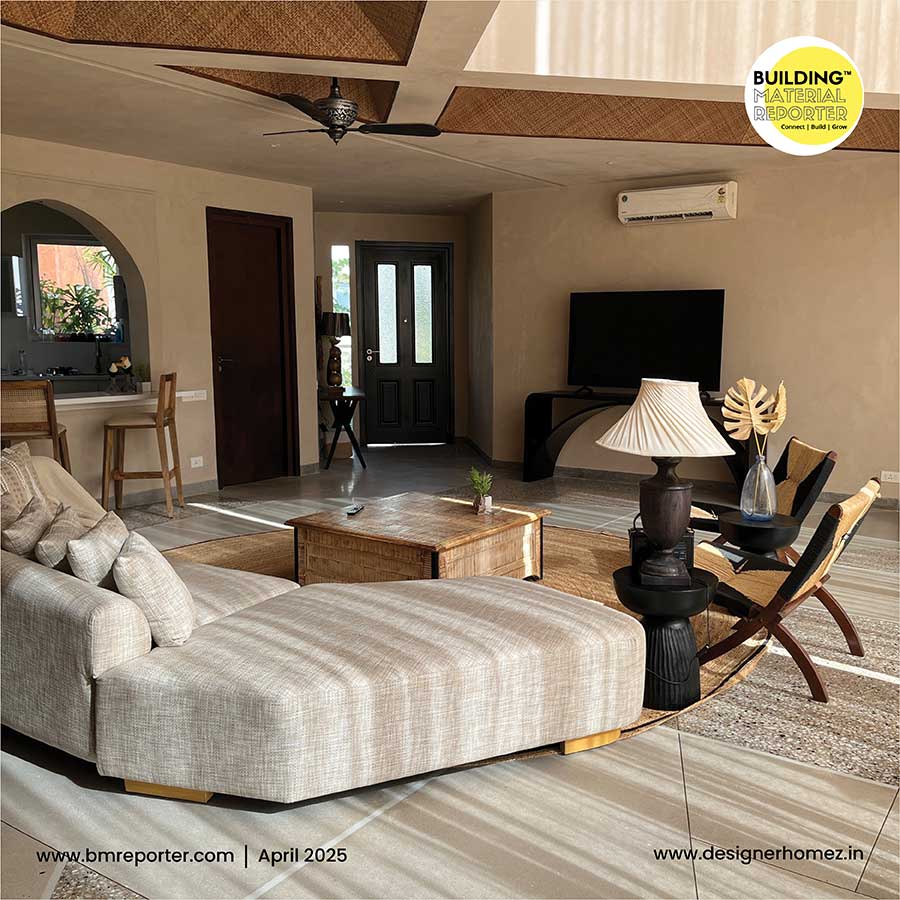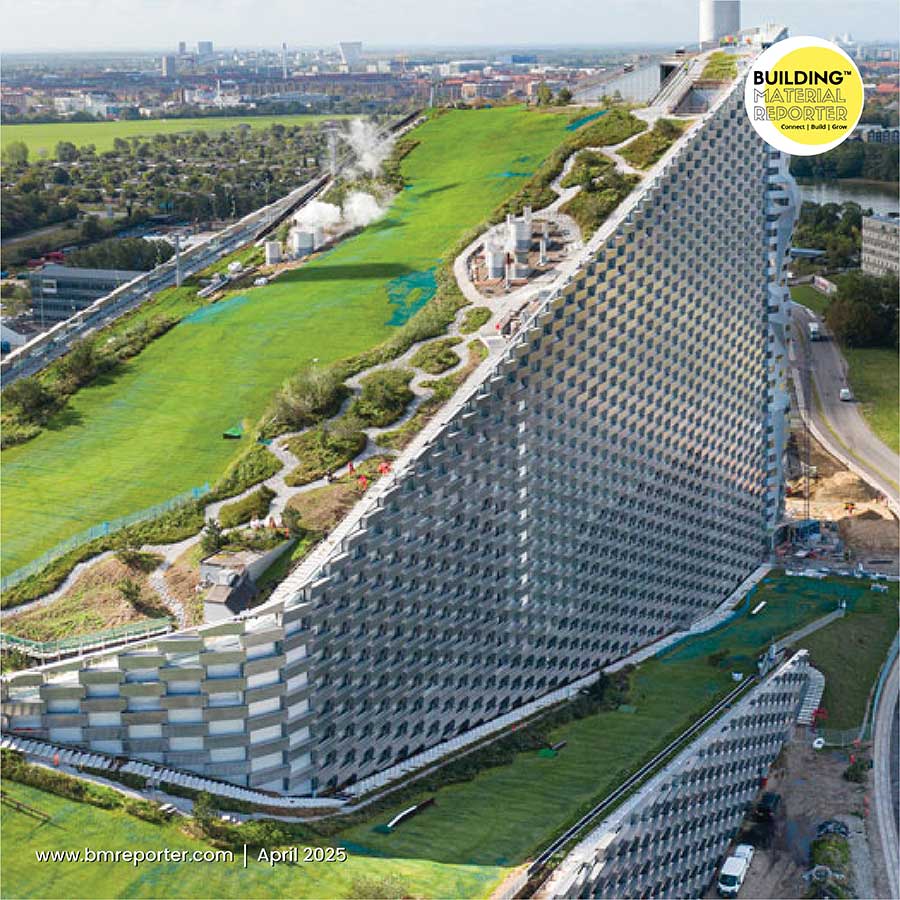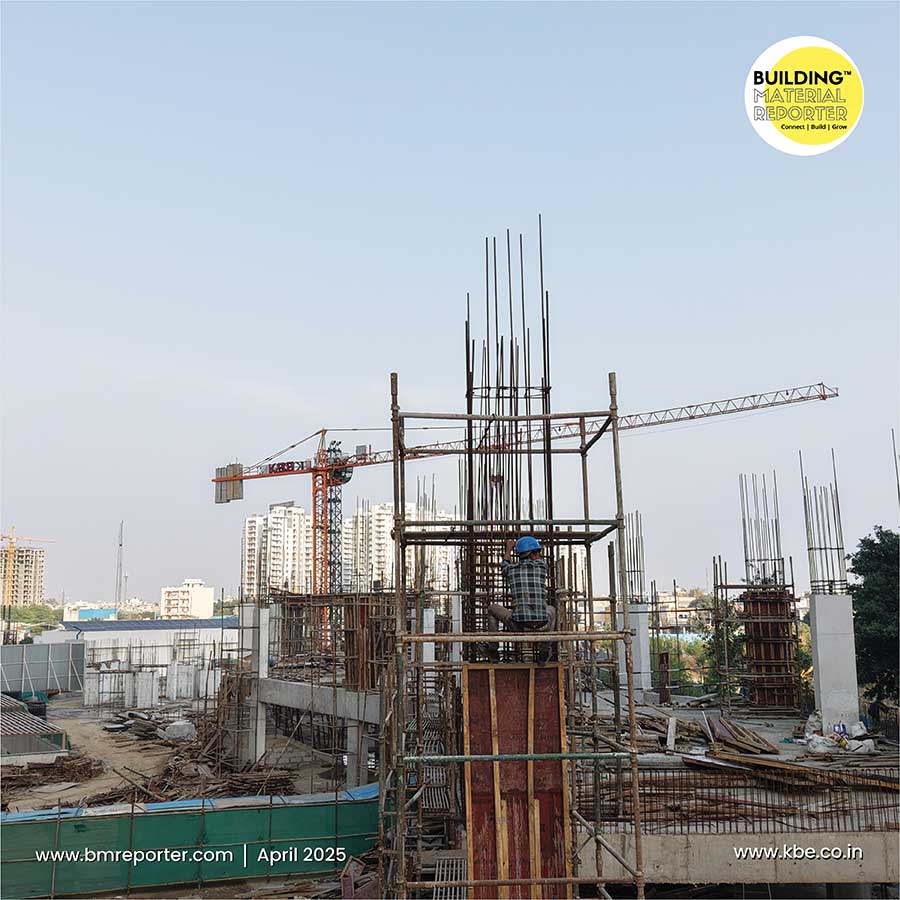Does Retrofitting Buildings Offer Greater Opportunities?
- October 7, 2024
- By: Yukti Kasera
- INFLUENCERS
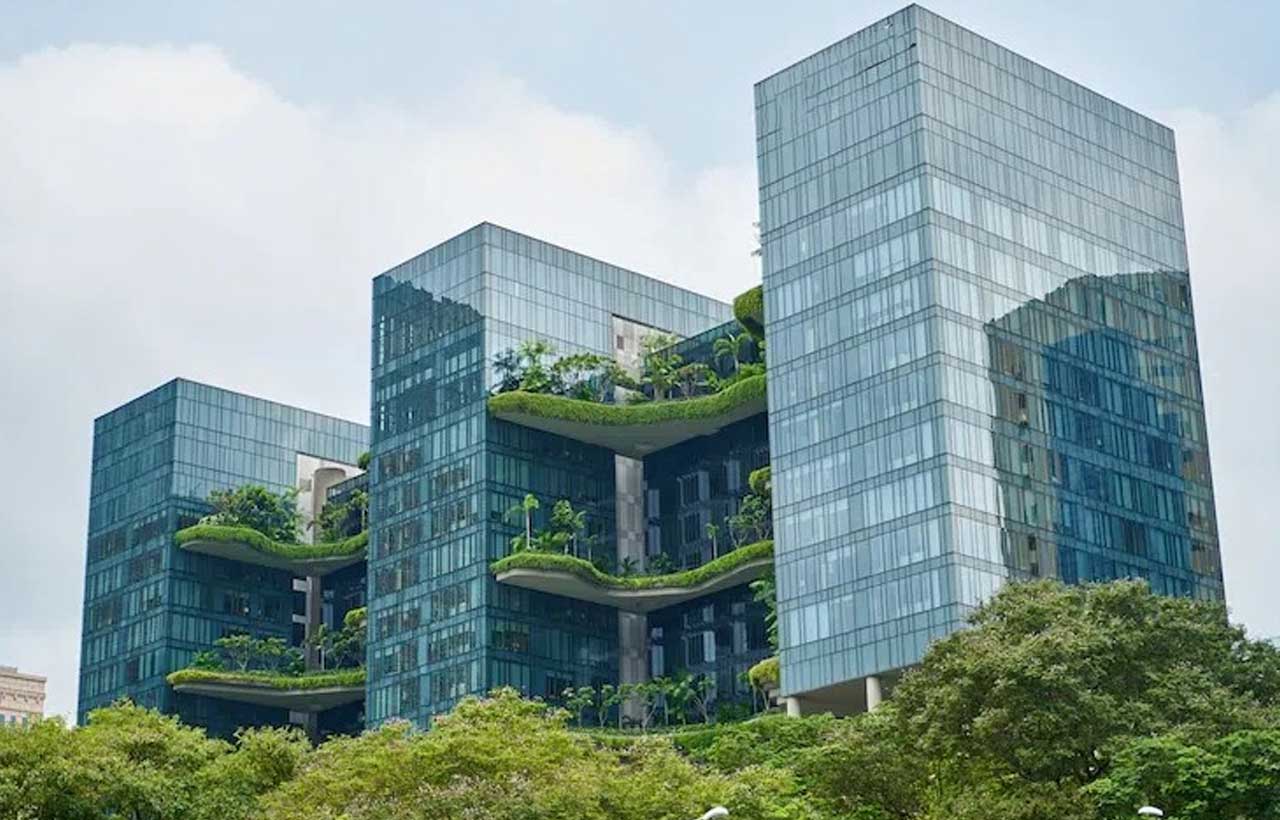 Building construction consumes a lot of the economy as well as nature. It takes away a major chunk of the world’s primary energy. Yes! You read that right. The performance of the building needs to be evaluated in terms of its energy efficiency as well. But let’s first understand what Building Retrofitting is. As Team Building Material Reporter is always on toes to bring up the new facts on the plate, this extensive research article on the topic is a must-read.
Building construction consumes a lot of the economy as well as nature. It takes away a major chunk of the world’s primary energy. Yes! You read that right. The performance of the building needs to be evaluated in terms of its energy efficiency as well. But let’s first understand what Building Retrofitting is. As Team Building Material Reporter is always on toes to bring up the new facts on the plate, this extensive research article on the topic is a must-read.
What is Retrofitting? Why do we need to retrofit existing buildings?
Building Retrofitting is a technique that involves the intervention of technicalities in the energy setup of the building and sustainable construction so that it can most effectively utilize the energy. Many of the old buildings were not designed with the sustainability and energy efficiency processes in mind. Nowadays, buildings are designed according to certain norms, construction materials, and processes. Keeping in mind the older buildings, there is a need to make them energy efficient. That is why retrofitting these buildings is important. Definitely, the buildings can’t be reconstructed again as it involves a high carbon footprint and other resources as well.
Benefits of Retrofitting Existing Buildings
Environmental Benefits: Retrofitting or converting the existing buildings into green buildings signifies the notion: ‘Reduce, Reuse and Recycle’. In today’s world, the superior usage of modern technology and efficient systems use very little energy and resources. Some of the retrofit ways by which you can reduce the usage of resources in the buildings are:
- Reducing water usage consumption
- Replacing the old lights with new energy-efficient ones
- Focusing on good ventilation and insulation
Cost Saving: Retrofitting is an investment for your building. It improves the energy efficiency of the building. If the building is operating at a high state of efficiency, then the resources and construction technology used will be much less which will indirectly save the costs.
Impactful for Social Arena and Community: Apart from the environmental aspects, retrofitting also enhances the quality of life. People dwelling in retrofitted spaces live a better quality of life as everyone’s now more conscious of sustainable living.
Retrofitting buildings can provide better insulation, ventilation, natural lighting, and air quality. All these factors contribute significantly to the occupants' well-being, resulting in positive social and community-dwelling.
Cutting Down the Utility Expenses: Retrofitting is a great way to re-energize rebuilds. Buildings operate more or less on less efficient energy systems. Retrofitting of buildings helps in the integration of new technologies, green building materials and can lessen operating and utility costs. Better cooling systems, smart LED lighting, etc are a few sustainable options available to the people.
Challenges in Retrofitting Buildings
Apart from the advantages, there are a lot of challenges involved in the retrofitting process of buildings. Change is a must but for retrofitting there are a few challenges that need to be considered before making the decision.
Scrutinizing the Funds: Retrofitting the projects is expensive. It’s not necessary to have appropriate funds for retrofitting. With the upgraded regulations and changing norms, it might be difficult to go through the process. Designers and architects have to analyze all the standards before deciding the process. Retrofitting can also disturb the existing operations of the building which can cause inconvenience.
Amalgamating the Old and New: The old buildings were constructed as per the technology the present. The new technology has new features and clever designs which become the major attraction for refurbishment. For buildings to be retrofitted, it becomes a challenge to merge both technologies as this can reduce the performance of the building as a whole.
Standard Accuracy: Survey information for retrofitting should be accurate. Improper and inadequate information can cause delays in work and reworking of design. Problems on site such as civil structural issues, can cause major setbacks.
Dealing with the Stakeholders: The building, when designed, involves a lot of stakeholders. When opting for retrofitting, there are a lot of conversations with people involved like building owners, residents, engineers, etc. Because of this, effective communication is very important so that everyone is properly informed about the retrofitting and the process is completed on time and with everyone’s consent.
Future Trends and Opportunities in Retrofitting
The holistic approach of retrofitting includes reduced energy usage, less cost involved, apt capital investment, sustainability and innovation. The future of retrofitting is positive and bright. This is all possible due to phenomenal technological advancements. As energy efficiency possibilities are changing day by day, retrofitted buildings will have increased demand which will be important for sustainability and reduce energy costs.
Keeping in mind the future trends and technology, innovation, zero-energy building designs, smart systems, etc. will drive the future of retrofitting buildings. Energy-efficient options in retrofitting, which incorporate high-performance insulation and renewable energy systems, are good ideas. Also, low-risk financing options in retrofitting are something which will also be a future trend. Green funding alternatives can emphasize the growth of retrofits in creating sustainable commercial projects. Some common retrofitting strategies are- the upgradation of HVAC systems, energy-saving lighting and using renewable sources.
Steps to Select the Right Retrofitting Strategy
There are certain clauses to be considered white opting for the right retrofitting strategy. These include:
Check the Building: It is very important to assess the existing building before going for retrofitting. Buildings’ needs should always be understood while deciding for retrofitting.
Take Important Measures: The best measure should be chosen while deciding to retrofit the building. Energy efficiency, cost-effectiveness, return on investment, sustainability are a few things to be kept in mind.
Consider the Risk Factor: There are certain risks involved in the retrofitting process. While considering the risks, choose the best possible manner and opt for the most favorable way.
Choose the Right Method: Retrofitting is of three types: structural, non-structural, and energy retrofitting. Choose the best possible method for the building which can be done through proper assessment only.
Measure the Performance: Try to measure the performance and also check whether the steps involved in retrofitting will genuinely help the building become net zero. Doing this can help finalize the methods also.
Conclusion
It is to be noted that most of the buildings today will be there till 2040. If we consider the age of the buildings, most of them are older and less energy efficient. It is very important to make the buildings energy efficient by improving their performance. Thus, retrofitting becomes very important for achieving certain standards on green building scenarios and for abiding by sustainable ethics to build a reliable environment.
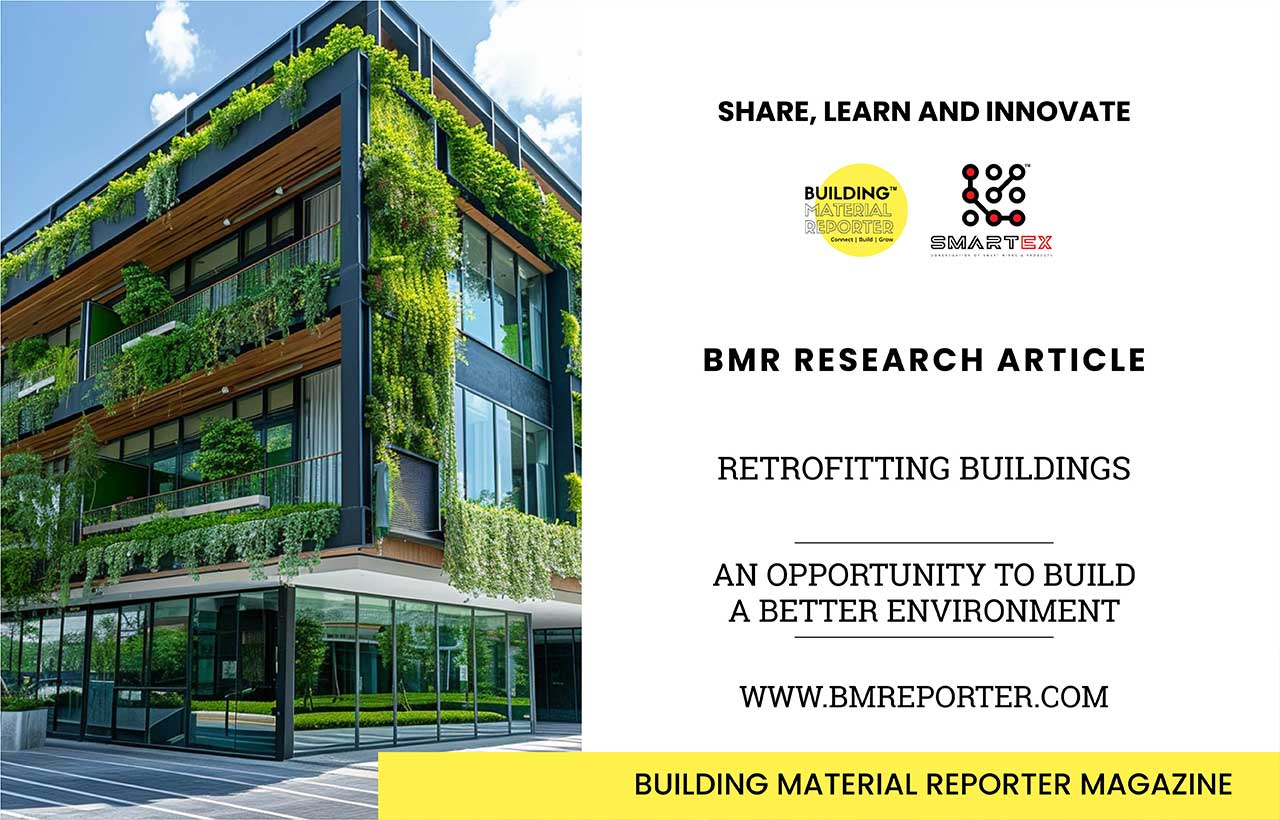 Building Material Reporter believes in serving the best! Stay tuned with us for more ideas related to home decor, design, new projects, architecture, and construction materials in the industry. Follow us for the latest news and stay updated.
Building Material Reporter believes in serving the best! Stay tuned with us for more ideas related to home decor, design, new projects, architecture, and construction materials in the industry. Follow us for the latest news and stay updated.
Frequently Asked Questions (FAQs)
How do I know if my building needs retrofitting?
If the building is relatively old and does not abide by the energy efficiency standards, then there might be the possibility of retrofitting the building.
How much does seismic retrofitting cost?
It can range from Rs. 50,000 to Rs. 10,00,000 approximately, depending on the size and area.
Does my building/house/apartment need a retrofitting?
Retrofitting can reduce the environmental impact of a building. If anyone wants the building to abide by sustainable standards and be energy efficient optimally, then yes the building/house/apartment can go for retrofitting.
Can retrofitting reduce energy costs?
Yes, retrofitting a building can reduce major energy costs as it makes the building more energy efficient.



